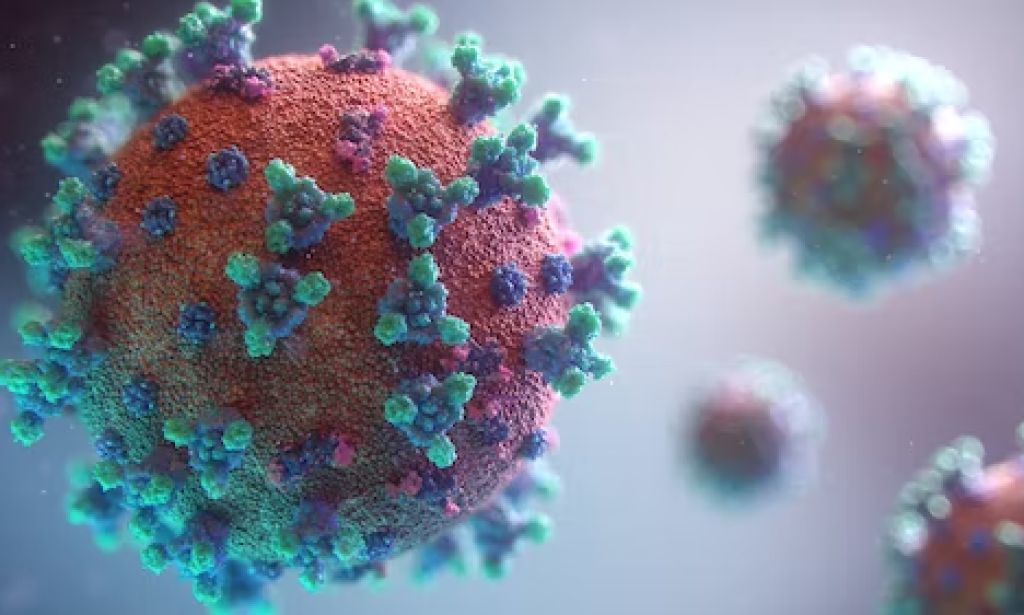Introduction:
COVID-19 is a contagious respiratory disease caused by the SARS-CoV-2 virus that emerged in Wuhan, China in late 2019. Since then, it has spread to become a global pandemic that has affected millions of people around the world. It has changed the way we live our lives and has had a significant impact on the world economy and the healthcare system. In this article, we will discuss the background of the virus, its symptoms, prevention measures, and the current situation around the world.
Background:
The SARS-CoV-2 virus is a novel virus that belongs to the same family of viruses as the Severe Acute Respiratory Syndrome (SARS) and Middle East Respiratory Syndrome (MERS) viruses. The virus is primarily transmitted through respiratory droplets when an infected person coughs, sneezes, talks or breathes. The virus can also spread through contact with contaminated surfaces or objects.
Symptoms:
The symptoms of COVID-19 can range from mild to severe and may appear 2-14 days after exposure to the virus. Common symptoms include fever, cough, fatigue, body aches, and loss of taste or smell. Some people may experience shortness of breath, chest pain, or pneumonia. Older adults and people with underlying medical conditions are at higher risk of developing severe illness and death.
Prevention:
The best way to prevent the spread of COVID-19 is to practice good hygiene. This includes frequent hand washing with soap and water for at least 20 seconds, avoiding close contact with people who are sick, wearing a mask or face covering in public, and staying home when you are sick. Social distancing and avoiding large gatherings can also help to prevent the spread of the virus.
Current situation:
As of March 2023, the COVID-19 pandemic is still ongoing. Although vaccines have been developed and are being distributed globally, the virus continues to spread in many parts of the world. According to the World Health Organization (WHO), there have been over 400 million confirmed cases and over 5 million deaths worldwide. The situation is constantly evolving, and it is important to stay informed and follow local guidelines and recommendations to help prevent the spread of the virus.
Conclusion:
COVID-19 is a global health crisis that has affected millions of people around the world. While the situation is still ongoing, there are measures that individuals can take to prevent the spread of the virus. Practicing good hygiene, wearing masks, and social distancing can all help to reduce the spread of the virus. It is important to stay informed and follow the guidance of local health officials to stay safe and protect others during this pandemic.

You must be logged in to post a comment.